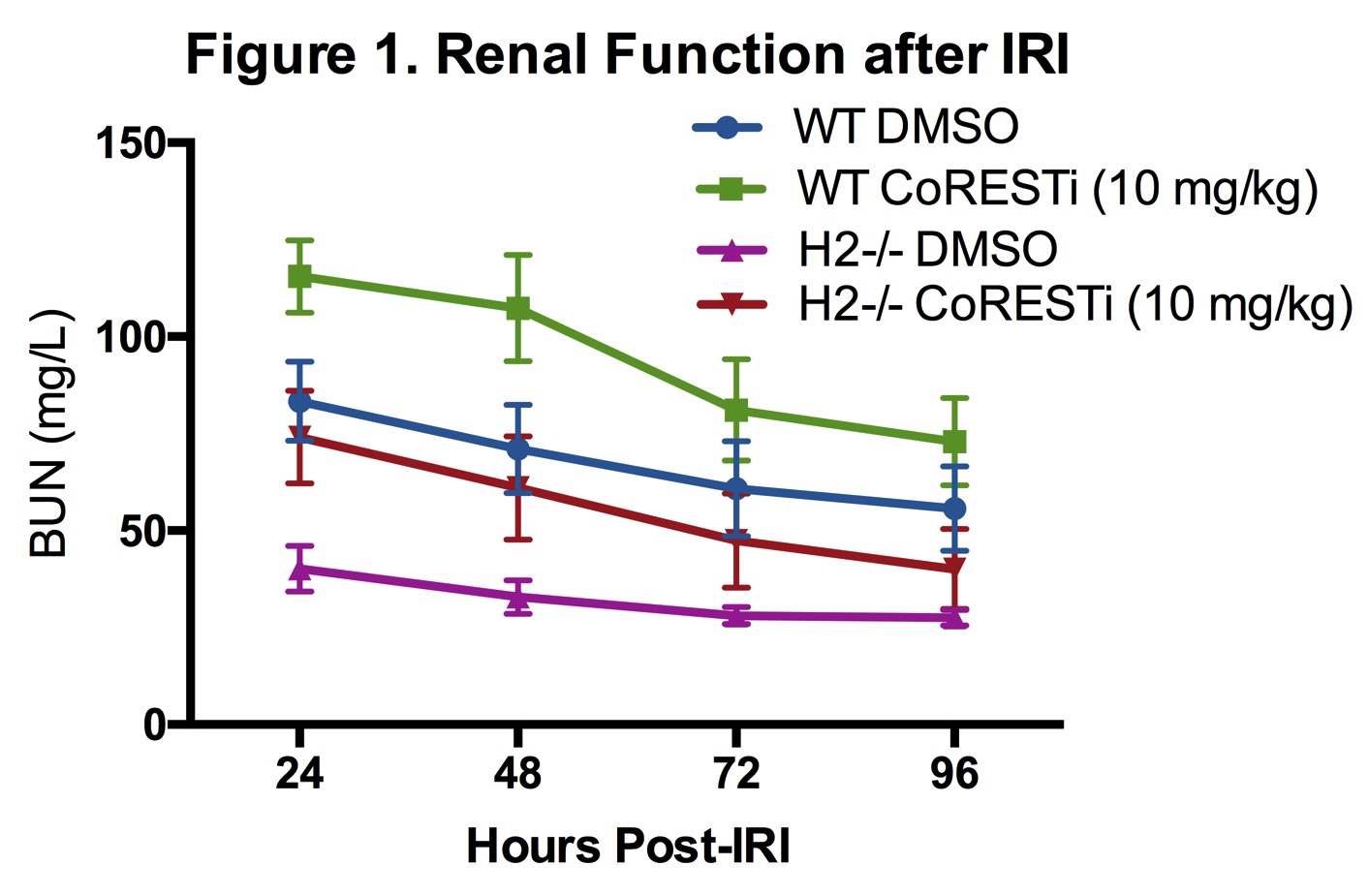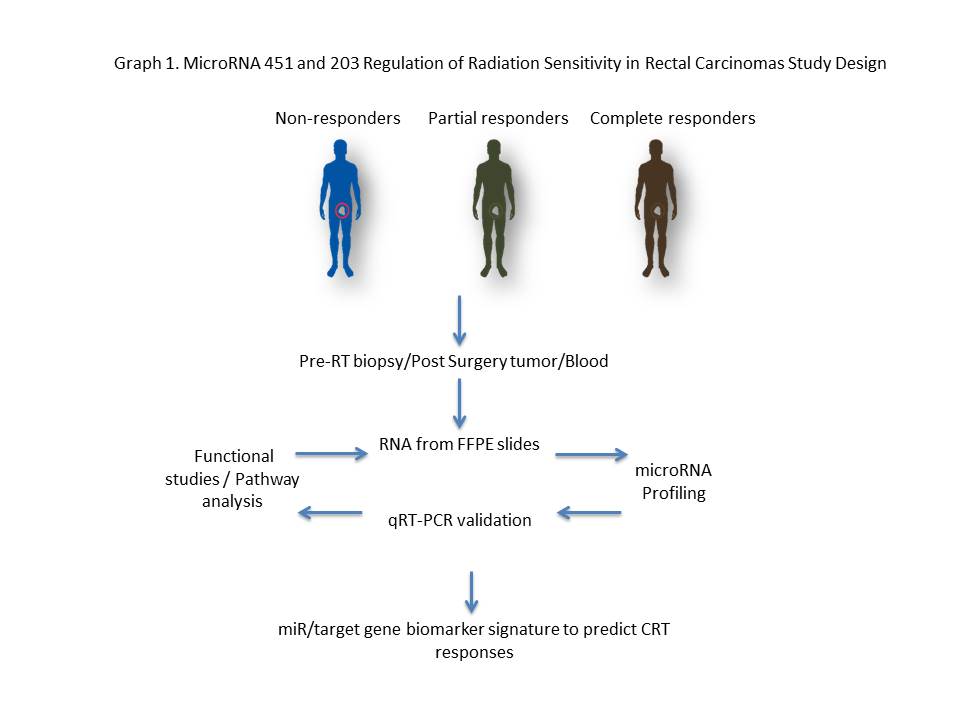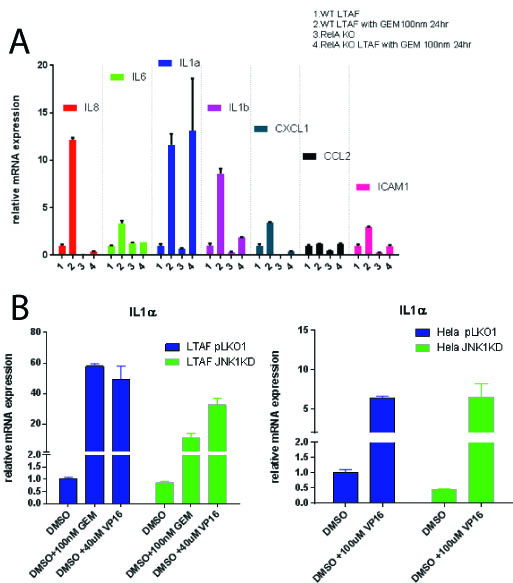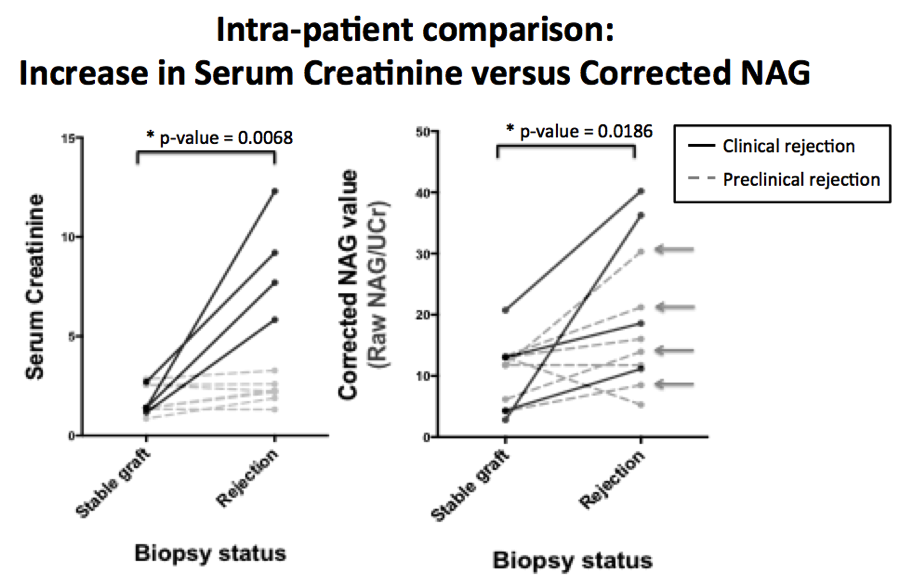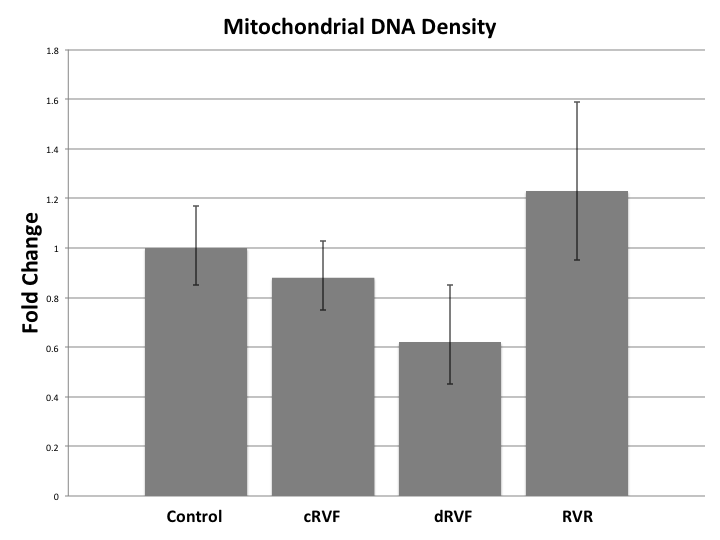J. Tsuchida1, K. Moro1, A. Ohtani1, M. Endo1, T. Niwano1, K. Tatsuda1, C. Toshikawa1, M. Hasegawa1, M. Ikarashi1, M. Nakajima1, Y. Koyama1, J. Sakata1, T. Kobayashi1, H. Kameyama1, K. Takabe2, T. Wakai1, M. Nagahashi1 1Niigata University Graduate School Of Medical And Dental Sciences,Division Of Digestive And General Surgery,Niigata, NIIGATA, Japan 2Roswell Park Cancer Institute,Breast Surgery, Department Of Surgical Oncology,Buffalo, NEW YORK, USA
Introduction: Sphingosine-1-phosphate (S1P), a pleiotropic bioactive lipid mediator, has been implicated as a key regulatory molecule in cancer through its ability to promote cell proliferation, migration, angiogenesis and lymphangiogenesis. Although many researchers including us have reported important roles of S1P in breast cancer progression utilizing in vitro and in vivo models, there have been very few data on human patients due to the difficulty in accurate measurements of S1P levels in the clinical samples. Recently, we have reported that high S1P levels in the tumor determined by mass spectrometry are associated with lymph node metastasis in breast cancer patients. In this study, to reveal further roles of sphingolipids in the patients, we measured the levels of sphingolipids including S1P in plasma and breast tissue including peri-tumor tissue.
Methods: Forty-nine serum prior to operation and 20 tumors from invasive cancer larger than 1.5cm were collected from breast cancer patients who underwent operation from November 2015 to March 2016 in Niigata University Medical and Dental Hospital. The levels of sphingolipids were determined by mass spectrometry.
Results: The levels of sphingolipids including sphingosine, dihydro-sphingosine, S1P, dihydro-S1P were detected successfully in the plasma from 49 breast cancer patients and in the tissue samples from 20 patients. Despite our expectation, no significant differences in plasma S1P levels were identified by hormone receptors (ER, PgR) and HER2 status, Ki-67 index, nuclear grade, lymphatic and vascular invasion of the tumor, pT, pN, and pStage. The levels of sphingosine in patients with lymph node metastasis (pN1,2) were significantly higher than those in patients without metastasis (pN0) (P = 0.023). Interestingly, dihydro-S1P levels in patients with high nuclear grade (NG2,3) were significantly lower than those in patients with low nuclear grade (NG1) (P = 0.025). Moreover, there were significant differences among S1P levels in tumor, peri-tumor, and normal breast tissue (P = 0.0004). Significant differences were also seen among sphingosine (P = 0.0007) and dihydro-sphingosine levels (P = 0.0236) in the three different tissue types.
Conclusion: This is the first report to measure the S1P levels in peri-tumor tissue compared to the tumor and normal breast tissue. This is in agreement with our notion that S1P that is generated in cancer is secreted out to peri-tumoral microenvironment where it aggravates cancer progression, such as lymphangiogenesis. Further study will be needed to reveal the role of S1P in breast cancer patients.
